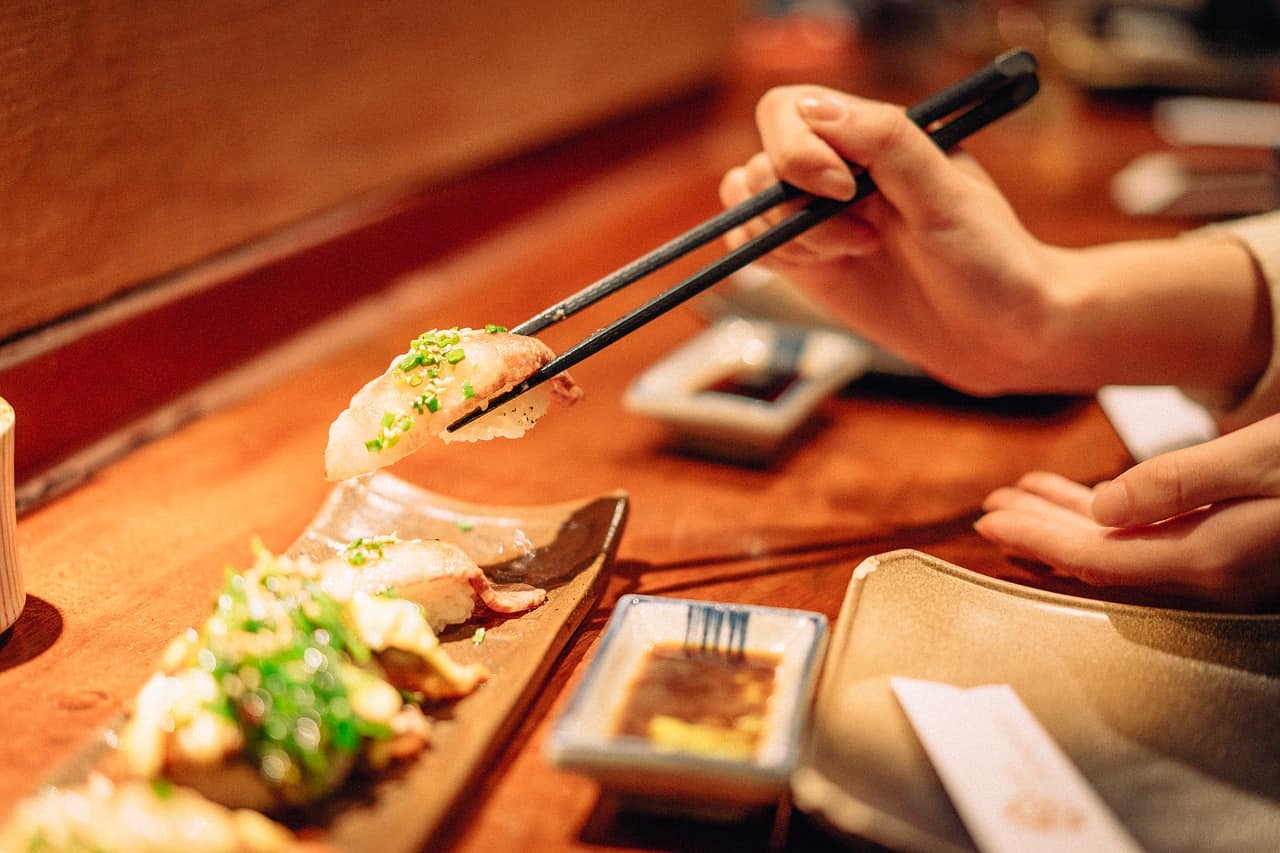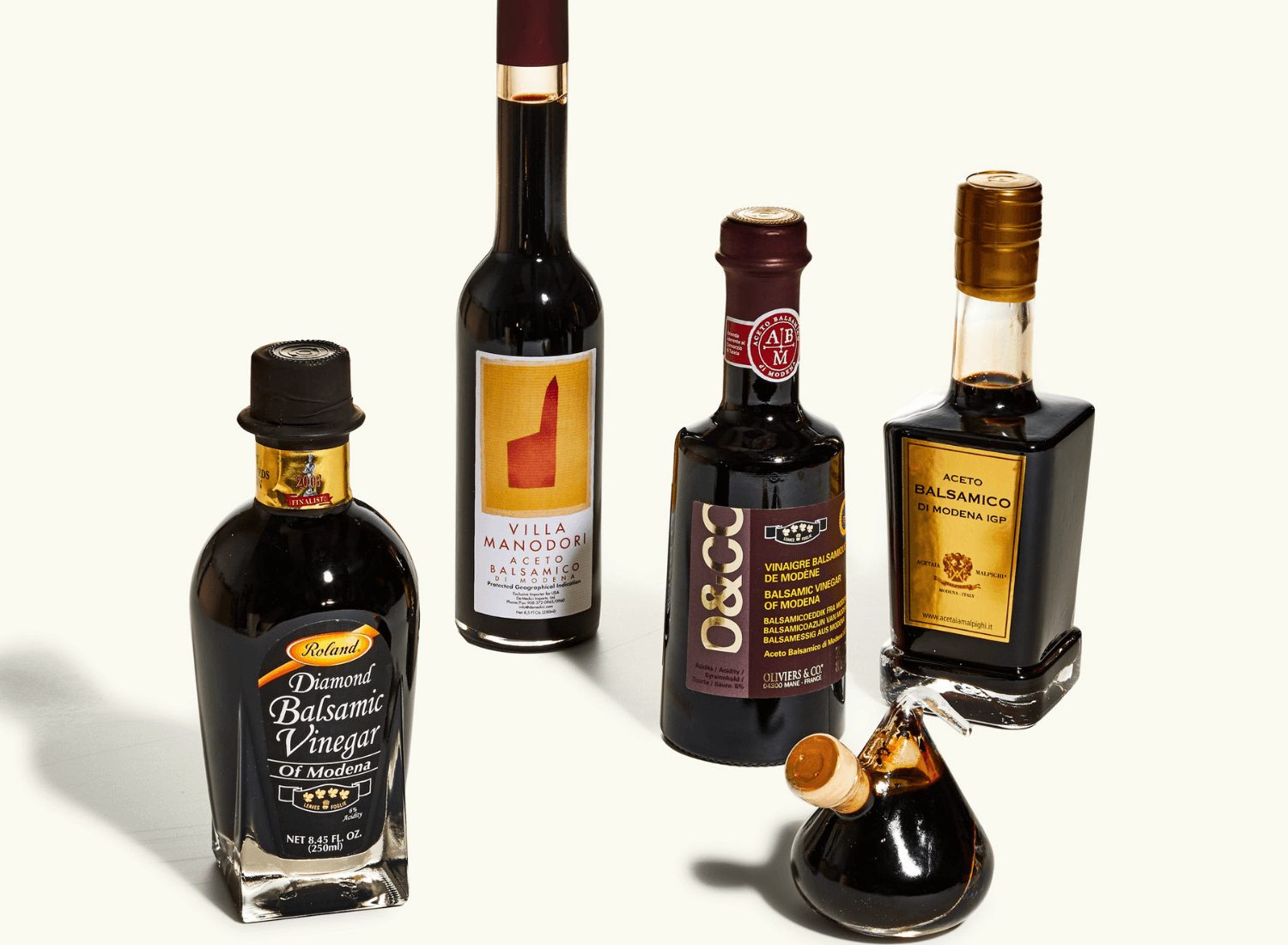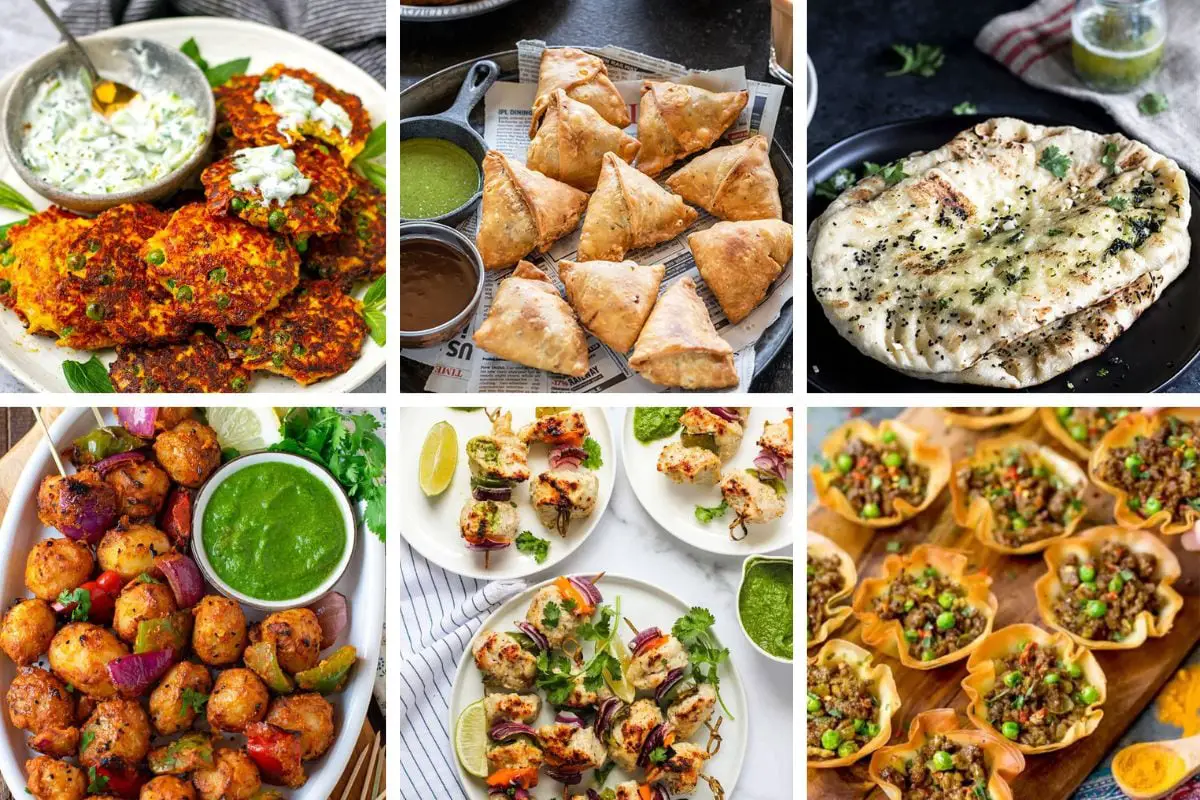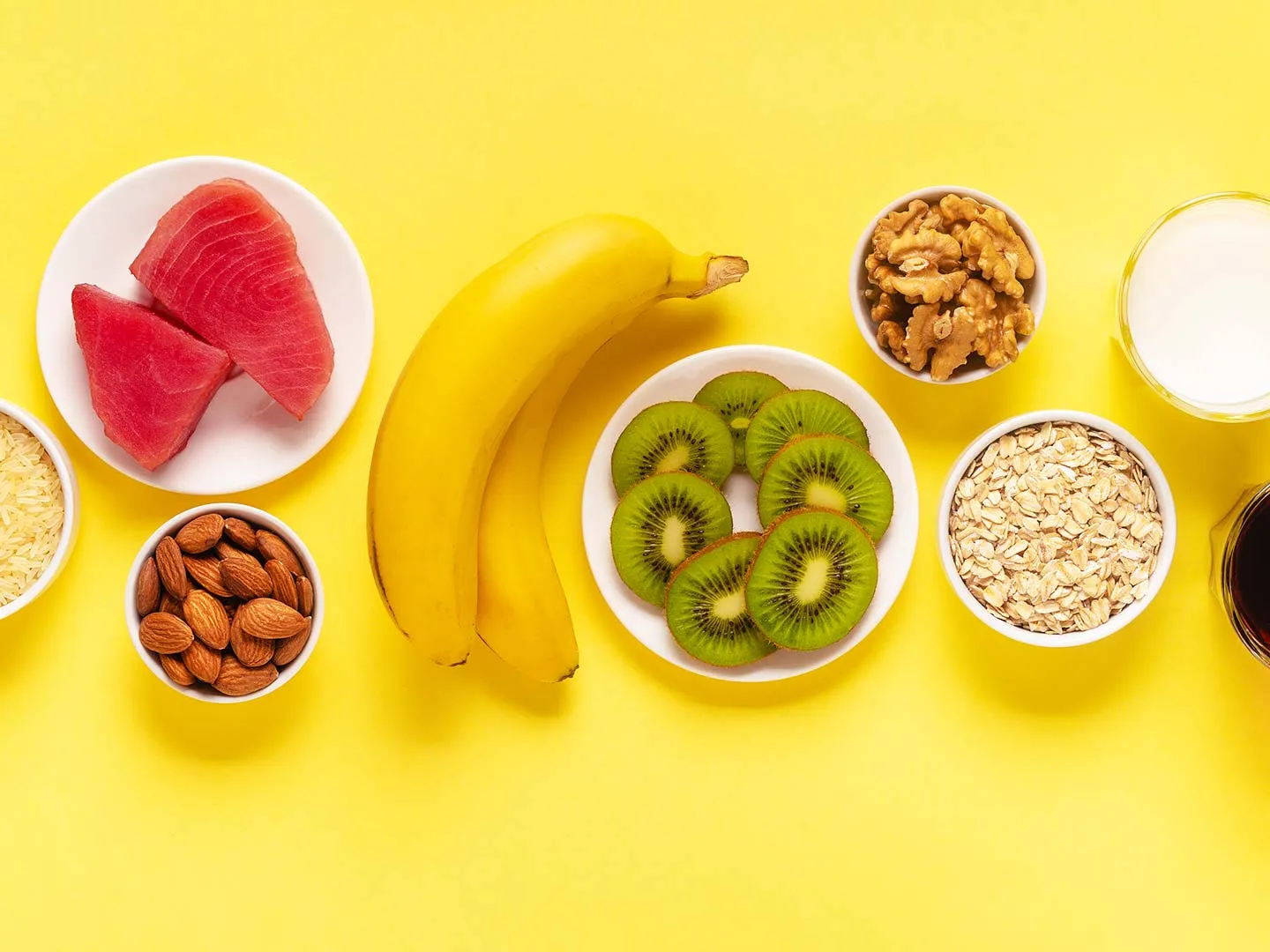Japan, the land of sunrise, like other Asian countries, has a vibrant culture. Japanese have a different set of beliefs and a rare heritage. They are similar to Korean and Chinese but very different in their way.
Rice, noodles, and seafood are at the core of all the cuisines. Japan is an island; hence, it has a very excellent seafood culture. Japanese culture quickly traveled to America and Canada; they are very familiar with Japanese cuisines compared to other countries.

Before we dive into the cuisines, let us get familiar with the tradition. The Japanese take food preparation, cooking, presentation and eating very seriously.
6 Things you Should know About Food Culture in Japan
1. Breakfast is important
they treat breakfast as a light dinner. Light but nutritious dishes are a part of the meal. Soup, rice, fish, etc.
2. Lunch on the go
People here do not take time for granted. In the bustling cities, rather than sitting in a restaurant eating your lunch, they provide the lunch in ‘Bento’. A lunch box which is full with a healthy meal like rice and veggies. This is where the one-pot-meal idea is used.
3. Keep your Chopstick aside
Do not place your chopstick on the bowl or plate. There are small plates separately placed to keep your chopsticks.
4. Do not tip
When in Japan, do not tip the service. Compliment with words, a tip is considered an insult.
5. Dinner
It is regarded as the main meal of the day, hence it is an important meal of the day. Family and friends when meeting do stay for and dine together.
6. Food is art
The presentation and display for food items is full of colors, which will catch anyone’s eye. That is followed everywhere. So the presentation is neat and tidy.
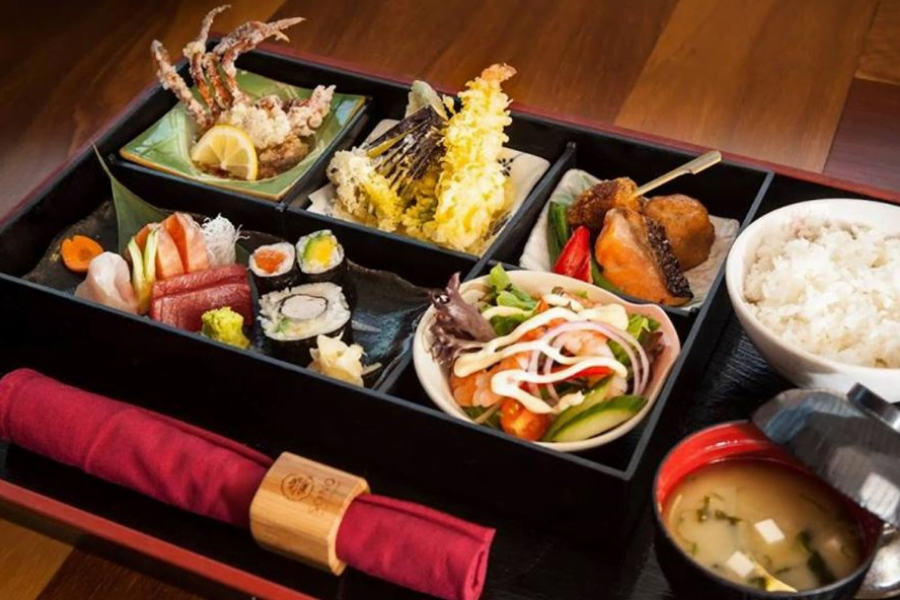
Now that we have seen the culture of the Japanese people. Let us take a look at their cuisines.
1. Rice
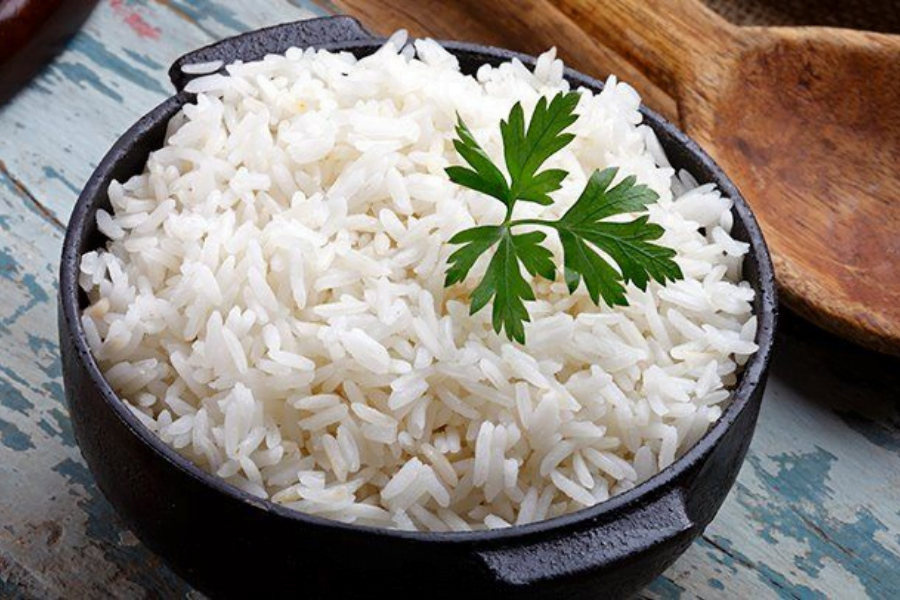
It is the staple food of Japan, been eaten for over 2,000 years. Rice is eaten as a main dish in every meal. All the other dishes are complementary to rice. Some dishes have rice as an ingredient. There are 12 types of rice bowl dishes known as Donburi.
2. Donburi
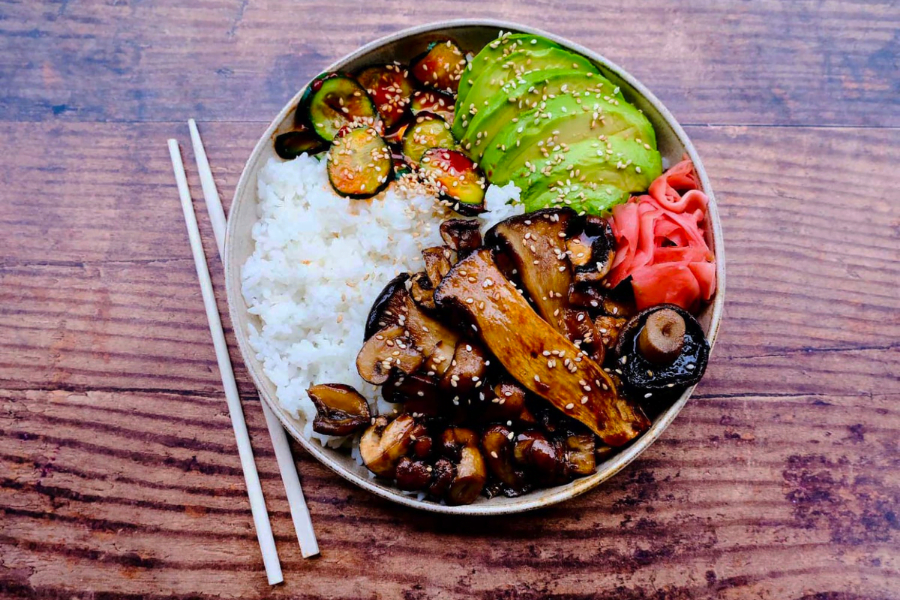
Donburi rice bowl is the traditional cuisine of Japan. The typical Donburi bowl is filled with fluffy rice, topped with vegetables, meat or seafood.
3. Gyudon
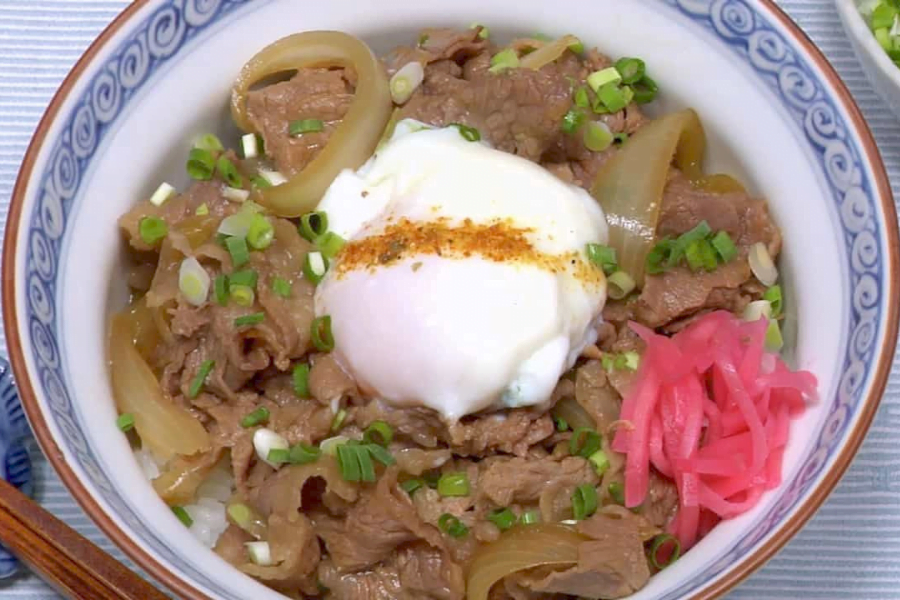
This is a beef bowl. Thinly sliced beef is simmered with onion and a sweet-savoury sauce, and it is topped with rice. This is one of the most popular rice bowls here.
Chicken Katsudon, The chicken cutlet rice bowl has crispy fried chicken katsu simmered with savoury sauce served on rice garnished with onion and scrambled eggs.
Ten Don, Tempura Donburi serves fried shrimp and vegetables over steamed rice drizzled with tentsuyu, a sauce dipping.
Mapo Tofu, Tofu is mixed with ground pork and served as a topping over the rice.
Soboro Don, Chicken bowl, minced chicken and eggs are fried together and served on rice. Some are Oyakodon, only that it is a bit spicier.
Salmon Ikura Don, the raw fish, is cooked and served on rice.
Niratama Donburi, soft fluffy eggs are fried with garlic, chives and served on the rice.
Unadon, grilled eel rice bowl, Unagi is a speciality of Japanese cuisine. The sweet caramelised sauce is topped over hot steamed rice, which is just irresistible.
Yoshinoya Beef Bowl, savoury and juicy sliced beef, is topped with thinly sliced onion on the rice. The broth gives it a sweet and savoury taste.
Baked Katsudon, deeply fried pork cutlet, is served with cooked egg and dashi broth on the rice. This is my favourite weeknight meal.
4. Onigiri
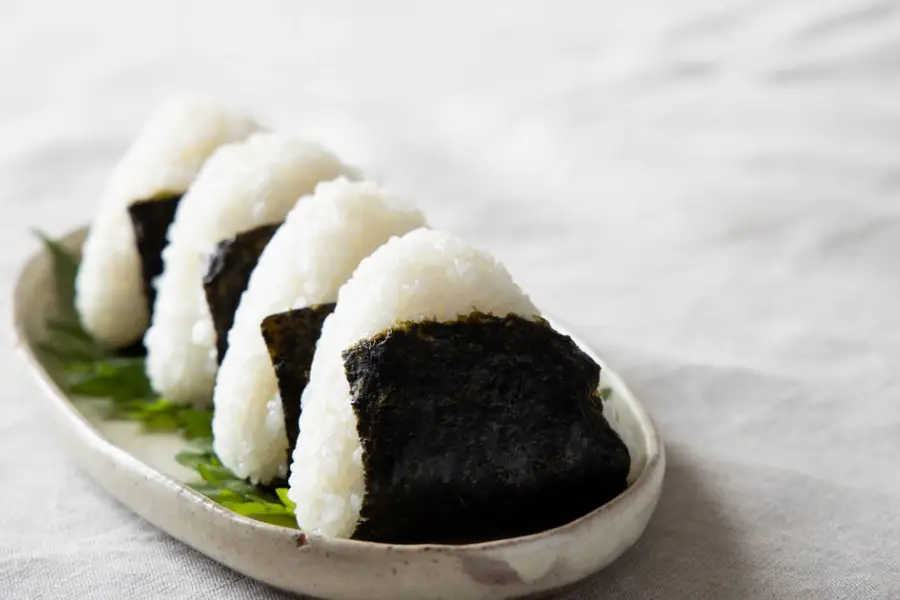
Onigiri is a rice ball, generally in a triangle, oval or round shape. These rice-shaped balls are wrapped in dried seaweed. The filling of Onigiri has variations;
Unagi which contains eel, Mentai mayo which has roe and mayonnaise, Takana meaning mustard greens, Teriyaki chicken, BBQ beef, Karaage mayo that is fried chicken with mayonnaise, Tori Soboro the seasoned ground chicken, Yukari plocamium, Nozawana, turnip greens are filled in, and Buta Kimchi pork with kimchi is filled in in the Onigiri. There is a technique of folding it properly.
5. Cazuke
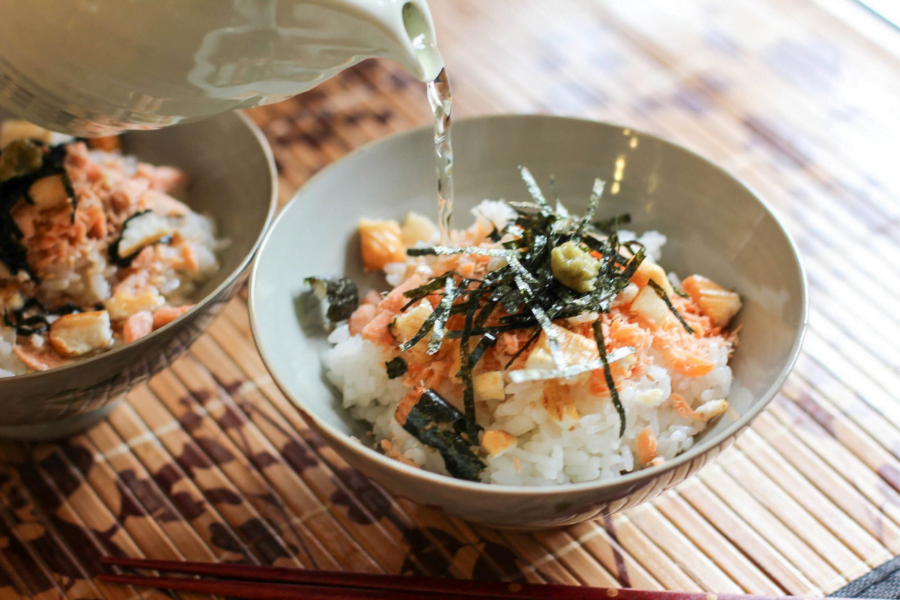
Traditional Japanese dish made by pouring green tea, oolong tea, dashi or hot water over cooked rice. This is topped with pickles, sesame seeds, Tarallo, and mentaiko, which means salted, marinated Alaska roe, salted salmon, shiokara, pickled seafood, and wasabi.
6. Fish
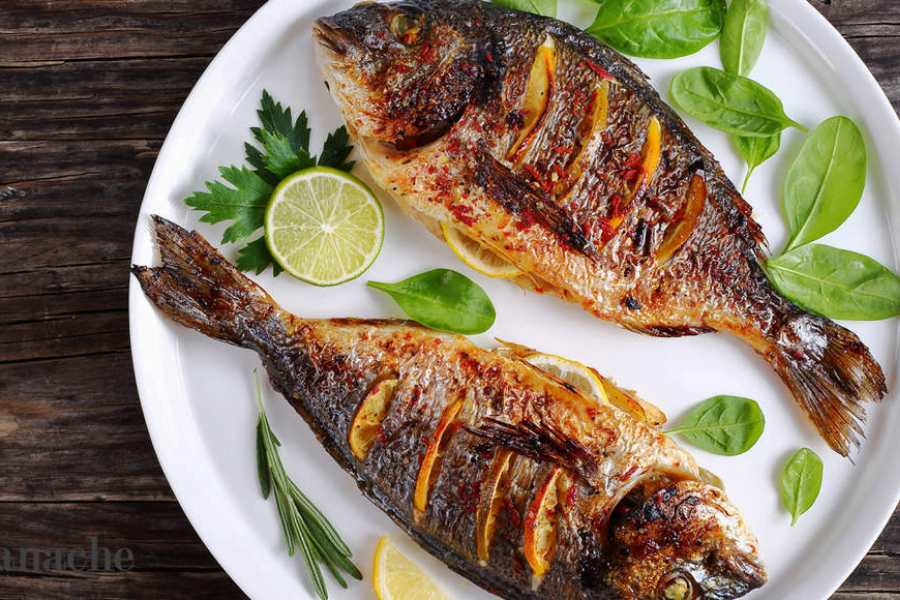
Fish is an integral part of Japanese cuisine. It is seen in Donburi as well as Onigiri preparation. Some fish and fish dishes are served as side dishes.
Odorigui- Shirouo no Odorigui, a traditional Japanese dish made from young, small and almost transparent fishes is eaten. Hirouo is the transparent fishes that are captured young and served with egg or directly to eat. This fish is almost alive, hence dancing; it is eaten to mark spring’s joy. This dish is consumed only in spring.
As we saw before, the meat is paired with rice and eaten. The modern-day culture does serve meat in sandwiches and other street snacks as well.
7. Noodles
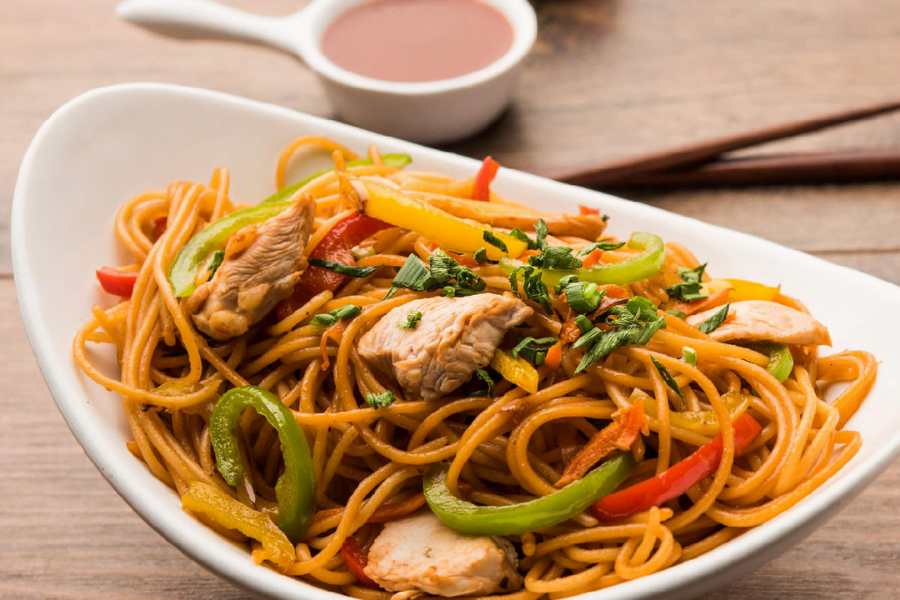
Rice is the staple food in Japan, but that doesn’t mean they do not eat noodles. Noodles are also a part of this culture and cuisine. The noodle dishes here are mainly vegetarian.
8. Zaru Soba
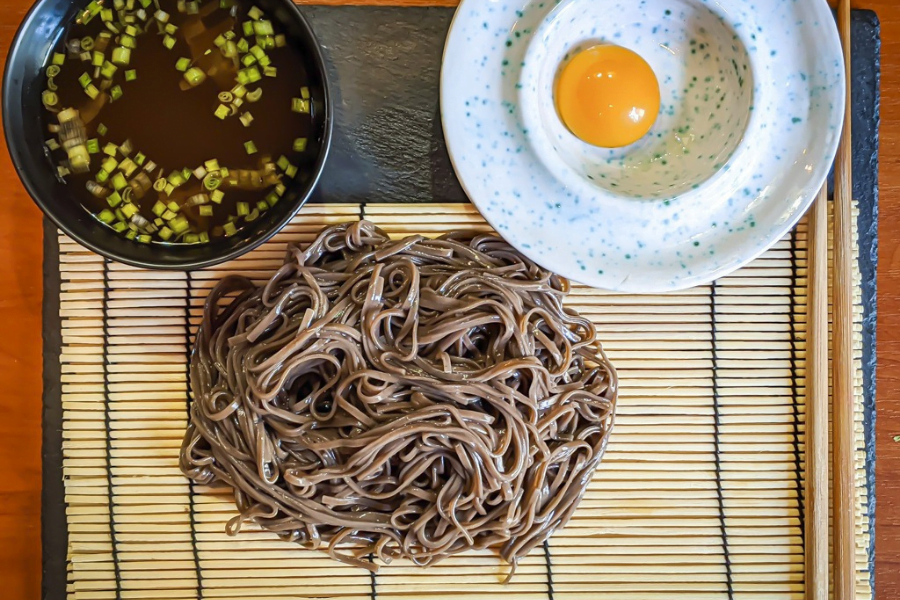
Buckwheat noodles are served on a bamboo basket (zaru); the dish gets its name from. Noodles are strained over the bamboo filter and served with a dipping sauce, such as mentsuyu or tsuyu. It is garnished with finely chopped onion, chives.
9. Udon
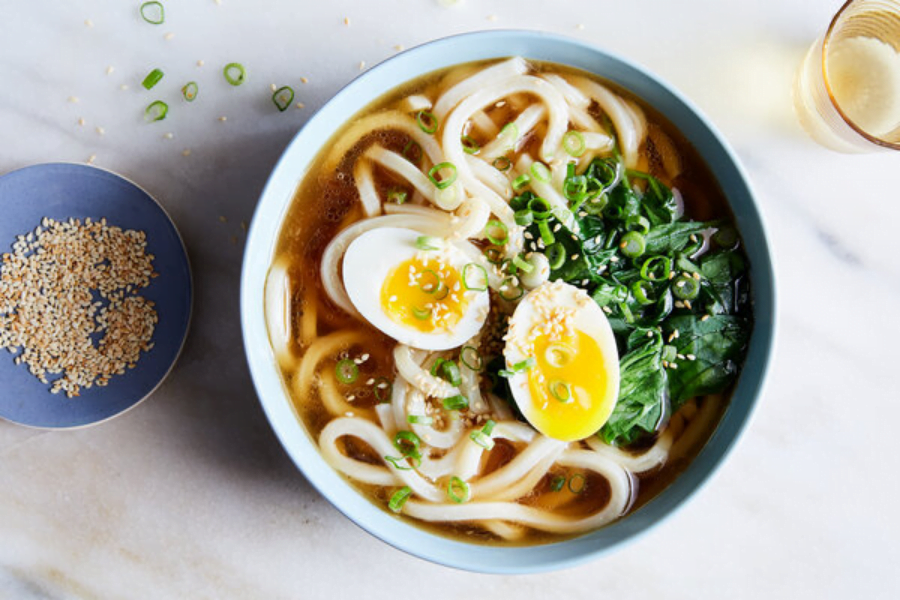
Nodding noodles made from wheat flour. They are served as hot noodle soup; the broth is called Kakejiru; it is made from soy sauce, mirin and dashi. It is topped with scallions. A type of deep-fried Tofu is the crucial ingredient of the recipe.
10. Okonomiyaki
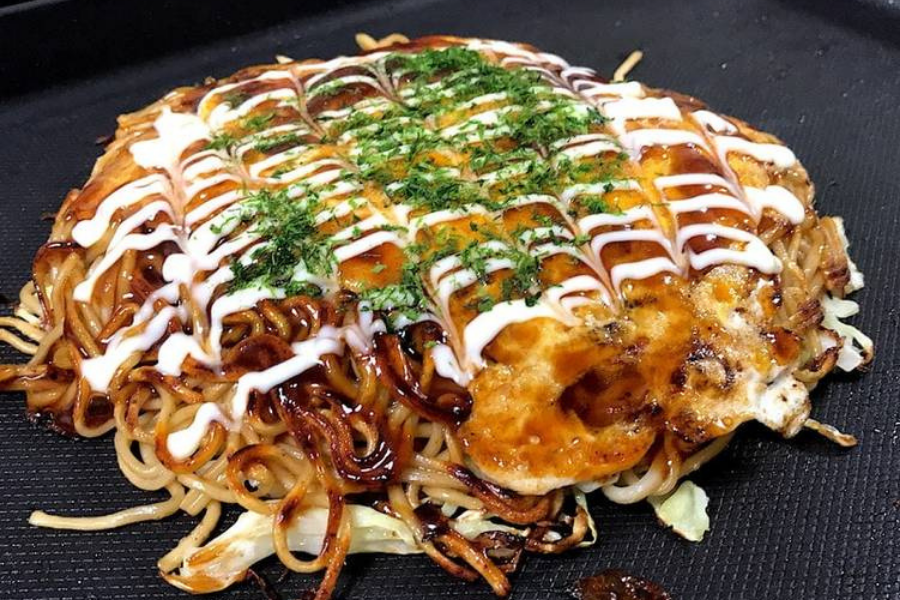
Cabbage, carrot, green onion, green beans, green bells, pepper, zucchini is mixed with tofu. It is fried and tossed over with soy sauce. It is garnished with onion/ scallions, chives and looks terrific!
To Conclude
Seaweeds and seaweed oil, rice and dried seaweed make up an essential part of the Japanese cuisines. The Japanese are very proud of the four seasons there; for each season, there are different cuisines cooked. There are sweet and drinks served as well. The pubs are called Izakaya, here all types of cheap and extensive drinks are available. They often offer Tabehodai or Nomihodai.
The festival food gives a variety of Takoyaki, small pieces of Octopus cooked in bread dough like dumplings. Kakigori, or shaved ice, is also available during the festival. These are the traditional and modern cuisines that are a part of Japanese cuisines. They have the use of seaweed and seafood on a large scale. Extensively good, tasty food and beautifully presented food is served in Japan.
Read also – 9 Unique Beverages to Try Out in Korea
